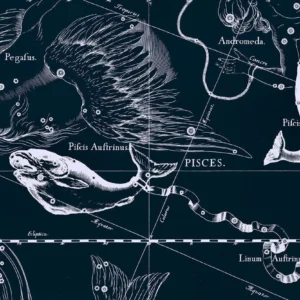An autobiography is a literary genre where the author tells about their own life, focusing on personal experiences, significant events, and inner development. The history of autobiography dates back to ancient times. Among the first to practice self-writing were the great thinkers of antiquity. However, systematic writing of such texts gained popularity only during the Renaissance, when individuality began to be valued at a new level.
Types of Autobiography
An auto biography can be written in an official-business or artistic style, depending on the needs. The main types and their differences:
- Artistic Auto Biography. In this autobiography, the author tells about their life using literary techniques to create a work of art. They can change the order of events, add emotional color, or develop dialogues to give life stories more depth and enhance their impact on the reader.
- Official-Business Auto Biography. The author writes the autobiography as a document, providing an accurate account of their life. It is more objective and includes information about specific events, dates, and other factual data.
An artistic autobiography allows the author to fully tell about their life, while a documentary is often limited and requires only the most essential facts. It is used mainly when applying for jobs, educational programs, or scientific grants, allowing the author to present themselves in the best light. It often needs to be written according to standards.

Document Autobiography: Common Structure
Although points may vary, autobiography usually includes the following information:
- Last name, first name, and patronymic;
- Date of birth;
- Place of birth;
- Education information;
- Employment information;
- Brief information about family composition.
This list is standard, but an autobiography often contains other additional points.
Artistic Autobiography: Basic Writing Steps
Writing an autobiography requires a responsible approach. Here’s what you need to do:
- Identify critical moments and themes to be highlighted in your autobiography. Focus on events that significantly impacted your life.
- After choosing the themes, structure the material by determining the logical order of events and how they will be presented to the reader.
- Gather all necessary documents, photos, and letters to help recreate life events.
- Determine who you are writing the autobiography for. This will help choose the tone, style, and amount of detail to include.
- Start by writing drafts of sections, striving for perfection only after some time.
- After completing the first draft, proceed to editing and proofreading, correcting mistakes, and improving the text.
Common mistakes include overloading the text with insignificant details, lack of clear structure, and excessive subjectivity. To avoid them, focus on critical moments, structure the material logically, and maintain objectivity in the narrative.
Video: How to Write an Autobiography
The following video reveals the features and little secrets of writing an autobiography according to all the rules.
Practical Tips on How To Write a Bio About Myself
Authors often wonder how to make their autobiography enjoyable. Here are a few tips:
- Descriptive Style. Helps readers visualize the scenes, people, and events you are writing about. It adds depth and emotional impact to your words.
- Engaging Anecdotes. Unexpected twists or particularly significant events make the text more engaging and diverse.
- Literary Techniques. Don’t be afraid to use metaphors, symbolism, or dialogues to add liveliness to your text.
- Guides on Writing Autobiographies. Many guides can help you organize your thoughts and structure your narrative. Books on creative writing can also help develop your style.
Writing an autobiography requires time, reflection, and creativity, but the result is worth it.
FAQ
An autobiography is a person’s description of their life, including major events. An artistic autobiography features personal reflection, thoughts, and emotions. Its purpose is to document facts.
Start writing an autobiography by identifying the key moments and themes you want to highlight. Then, create an outline or structure, decide which stories and experiences you will include, and begin writing.
Using artistic techniques is appropriate in an artistic autobiography, while a documentary should contain dry facts. Metaphors, symbolism, dialogues, and descriptions are recommended in an artistic autobiography to help make the narrative more lively and engage readers.
Avoid mistakes by planning the structure and critical moments and carefully editing and proofreading the text. It’s also important to consider the feelings and privacy of other people mentioned in your autobiography. Regularly getting feedback from trusted individuals can also help identify and correct potential weak points in the text.












